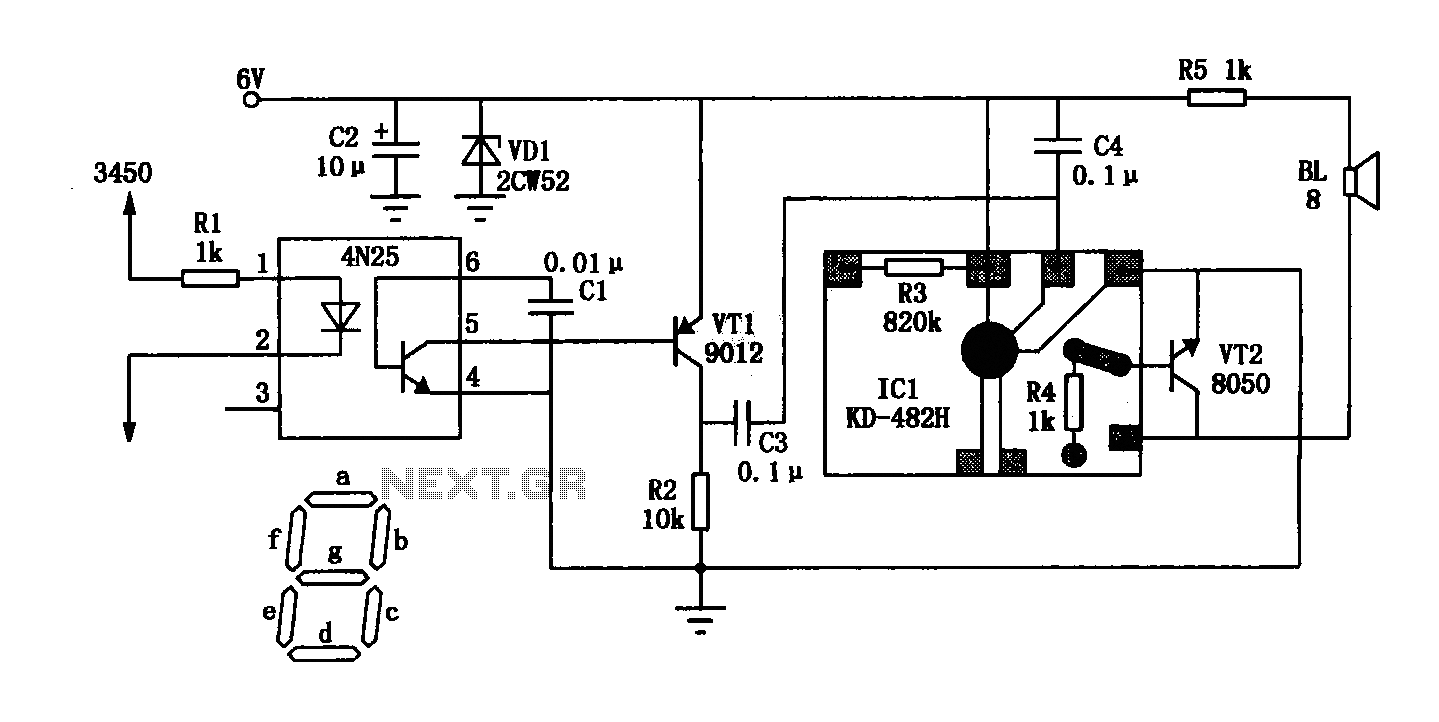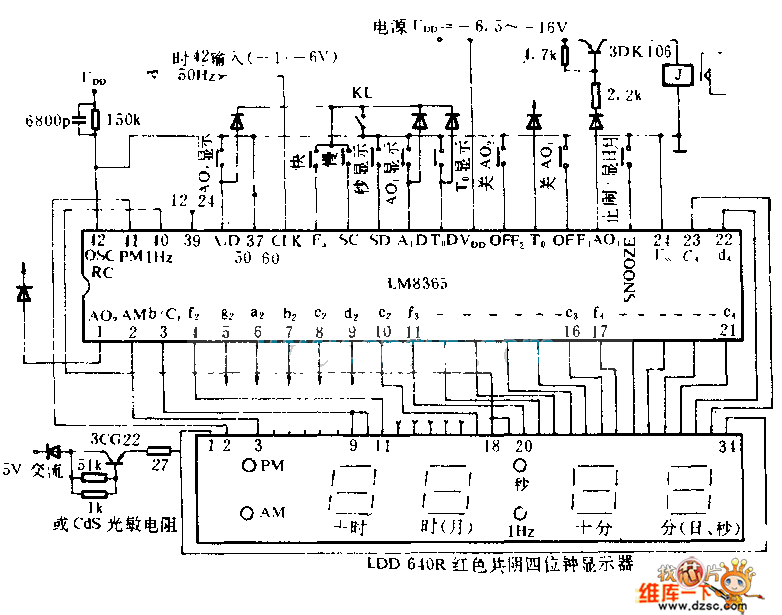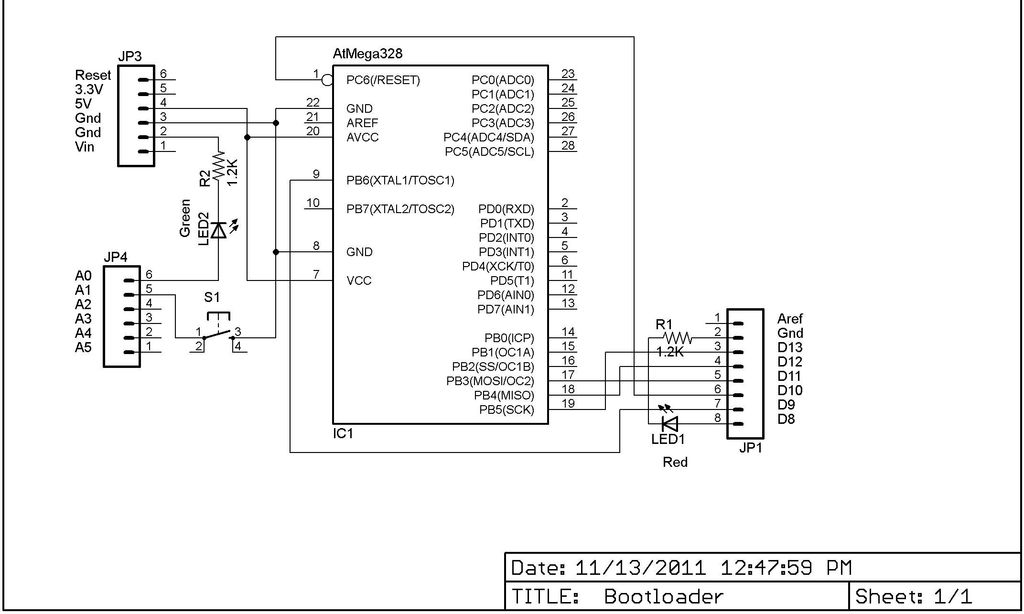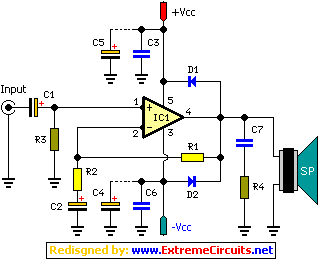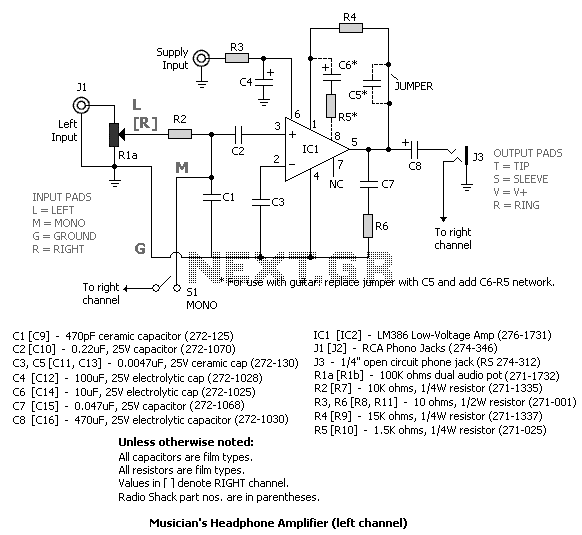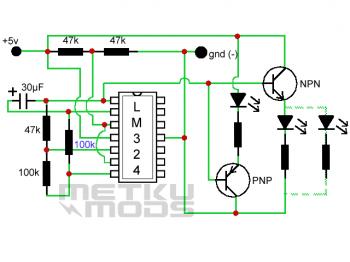
mobile phone battery charger circuit
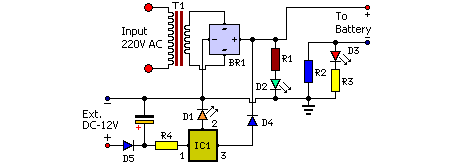
Mobile phone chargers available in the market are quite expensive. The circuit presented here serves as a low-cost alternative to charge mobile telephones or battery packs with a rating of 7.2 volts.
The proposed circuit design utilizes a straightforward approach to provide an efficient and economical solution for charging mobile devices. It typically incorporates a transformer, a rectifier, a voltage regulator, and necessary protection components to ensure safe operation.
The transformer is responsible for stepping down the AC mains voltage to a lower AC voltage suitable for charging. The output of the transformer is then fed into a rectifier, which converts the alternating current (AC) to direct current (DC). A full-wave bridge rectifier is commonly used for this purpose, allowing for efficient conversion and minimizing ripple voltage.
Following rectification, the DC output may still be higher than the required 7.2 volts. Therefore, a voltage regulator is implemented to stabilize the output voltage at the desired level. Linear voltage regulators, such as the LM317, can be used for adjustable output, while fixed voltage regulators can provide a constant output voltage suitable for charging.
In addition to these main components, inclusion of capacitors at the output of the rectifier and regulator is essential for smoothing the voltage and filtering out any residual ripple. Furthermore, diodes may be used for reverse polarity protection to prevent damage to the connected device in case of incorrect connections.
Safety features, such as fuses or circuit breakers, should also be considered in the design to protect against overcurrent conditions. Overall, this circuit design offers a practical and cost-effective solution for charging mobile devices, making it accessible for users seeking affordable alternatives to commercial chargers.Mobile phone chargers available in the market are quite expensive. The circuit presented here comes as a low-cost alternative to charge mobile telephones/battery packs with a rating of 7.2 volts.. 🔗 External reference
The proposed circuit design utilizes a straightforward approach to provide an efficient and economical solution for charging mobile devices. It typically incorporates a transformer, a rectifier, a voltage regulator, and necessary protection components to ensure safe operation.
The transformer is responsible for stepping down the AC mains voltage to a lower AC voltage suitable for charging. The output of the transformer is then fed into a rectifier, which converts the alternating current (AC) to direct current (DC). A full-wave bridge rectifier is commonly used for this purpose, allowing for efficient conversion and minimizing ripple voltage.
Following rectification, the DC output may still be higher than the required 7.2 volts. Therefore, a voltage regulator is implemented to stabilize the output voltage at the desired level. Linear voltage regulators, such as the LM317, can be used for adjustable output, while fixed voltage regulators can provide a constant output voltage suitable for charging.
In addition to these main components, inclusion of capacitors at the output of the rectifier and regulator is essential for smoothing the voltage and filtering out any residual ripple. Furthermore, diodes may be used for reverse polarity protection to prevent damage to the connected device in case of incorrect connections.
Safety features, such as fuses or circuit breakers, should also be considered in the design to protect against overcurrent conditions. Overall, this circuit design offers a practical and cost-effective solution for charging mobile devices, making it accessible for users seeking affordable alternatives to commercial chargers.Mobile phone chargers available in the market are quite expensive. The circuit presented here comes as a low-cost alternative to charge mobile telephones/battery packs with a rating of 7.2 volts.. 🔗 External reference
